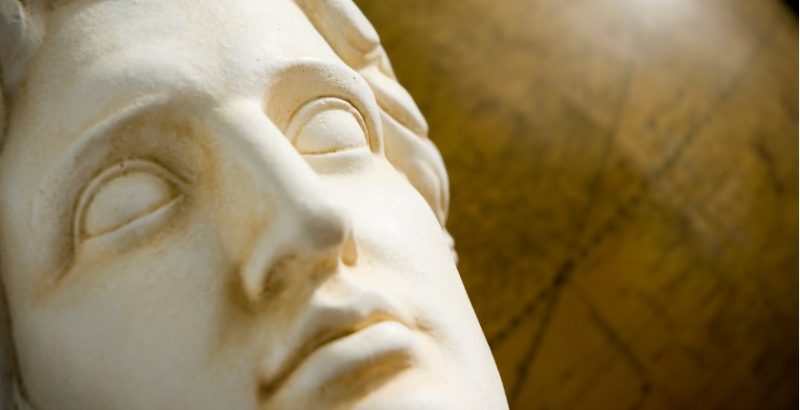He was one of the greatest conquerors in the ancient world. With territory stretching from Greece to India, Alexander the Great ruled a vast empire during his short life. But it’s unknown exactly where he was buried. That may soon change.
As reported in National Geographic, for several decades Greek archaeologist Calliope Limneos-Papakosta has been looking for the remains of Alexander in Alexandria, Egypt, the city named after him. Papakosta’s team at one point unearthed a marble statue of Alexander the Great. More recently, some of the foundations of the city’s ancient royal quarters have been found.
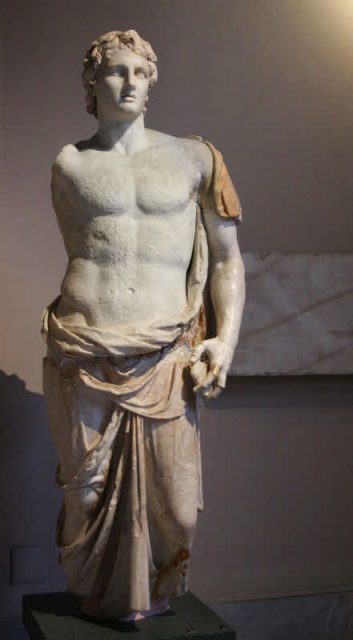
Alexander the Great was just 20 years old in 336 BC, when he emerged as king of Macedonia, following the death of his father, Philip II. For 12 years, Alexander’s armies swept aside rival empires in Persia and Egypt in a rapid eastward expansion.
While still on campaign, Alexander died at age 32, in 323 BC. Numerous theories regarding his end include typhoid fever, malaria, alcohol and food poisoning, or an autoimmune disorder. Alexander had no heirs and following his demise, his new empire was divided up among the top generals.
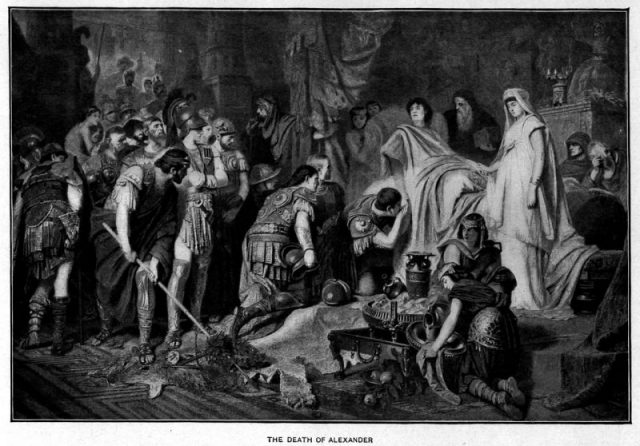
According to ancient reports, the king’s body was first buried in Memphis, Egypt, and then moved to Alexandria. After his death, many believed Alexander was a god and came to worship at his tomb. There is a reference to Alexander’s body being moved to Alexandria around 280 BC. Also mentioned is a memorial building constructed to house the body.
Alexander had proclaimed himself Pharaoh of Egypt while alive. Diodorus Siculus, a Greek historian in the first century BC, wrote that Alexander’s body was mummified in ancient Egyptian style. The body was then placed in a gold sarcophagus.
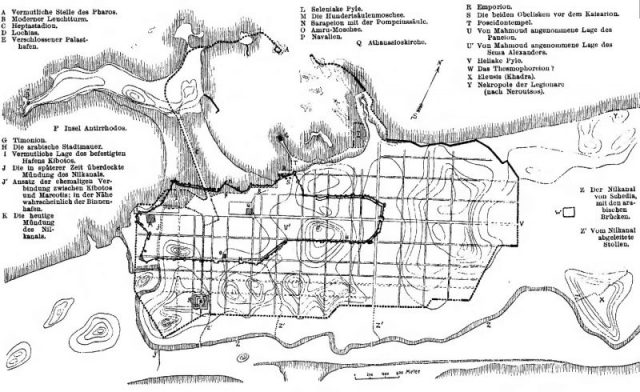
There are records of well-known historical figures visiting Alexander’s tomb in reverence. These visitors included Julius Caesar, Queen Cleopatra of Egypt, and Emperor Caligula. In 215 AD, the Roman Emperor Caracalla became the last known royal visitor to the tomb.
Environmental forces caused havoc in the region for centuries after Alexander’s death. In 356 AD, a tsunami washed over Alexandria, and there have been numerous earthquakes and steadily rising sea levels since then. It’s estimated the ancient remains of the city may have sunk as much as 12 feet since Alexander’s time. The city continued to rebuild on top of the old foundations, which were abandoned and forgotten.
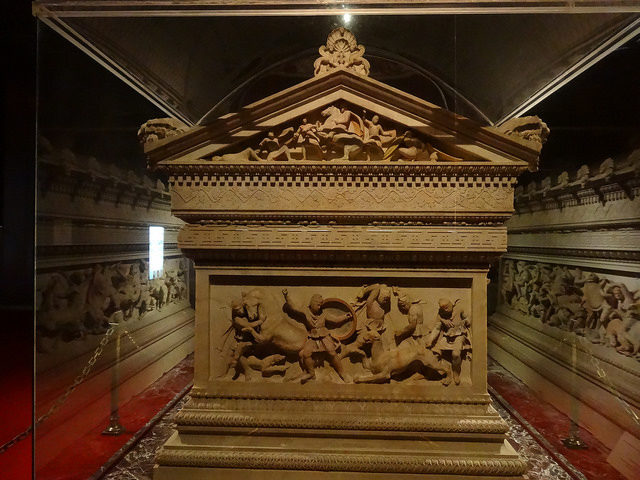
The city was also subjected to wars; Alexandria was repeatedly sacked and looted. Alexander’s tomb may have been desecrated and robbed. The rise of Christianity in the Roman Empire may also have factored into losing the exact location of the tomb. By the early 400s, Christians were pushing back against pagans worshiping other gods. Alexander’s tomb, if the location was still known, may have been destroyed.
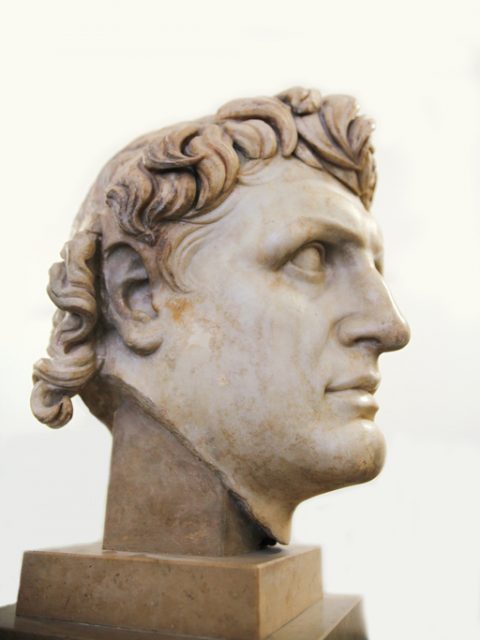
Dozens of past archaeological excavations have failed to turn up any signs of Alexander’s tomb. The latest work by Papakosta and her team are using a variety of tools. These include ancient records and maps, as well as modern scientific techniques. One of the latest techniques is called electrical resistivity tomography (ERT). ERT passes an electrical current through the soil to measure and detect objects below the surface.
One of the challenges facing the dig in this area is the high water table. Papakosta had to design a system of pumps and hoses to keep the site dry while working.
Papakosta is getting more confident that she is nearing Alexander’s tomb. She admits it won’t be easy to find, but she is tenacious and says her team is making steady progress in the ancient royal quarters. Newer discoveries include remnants of a Roman road and the remains of a giant public building. If the tomb isn’t discovered here, it may never be found.
